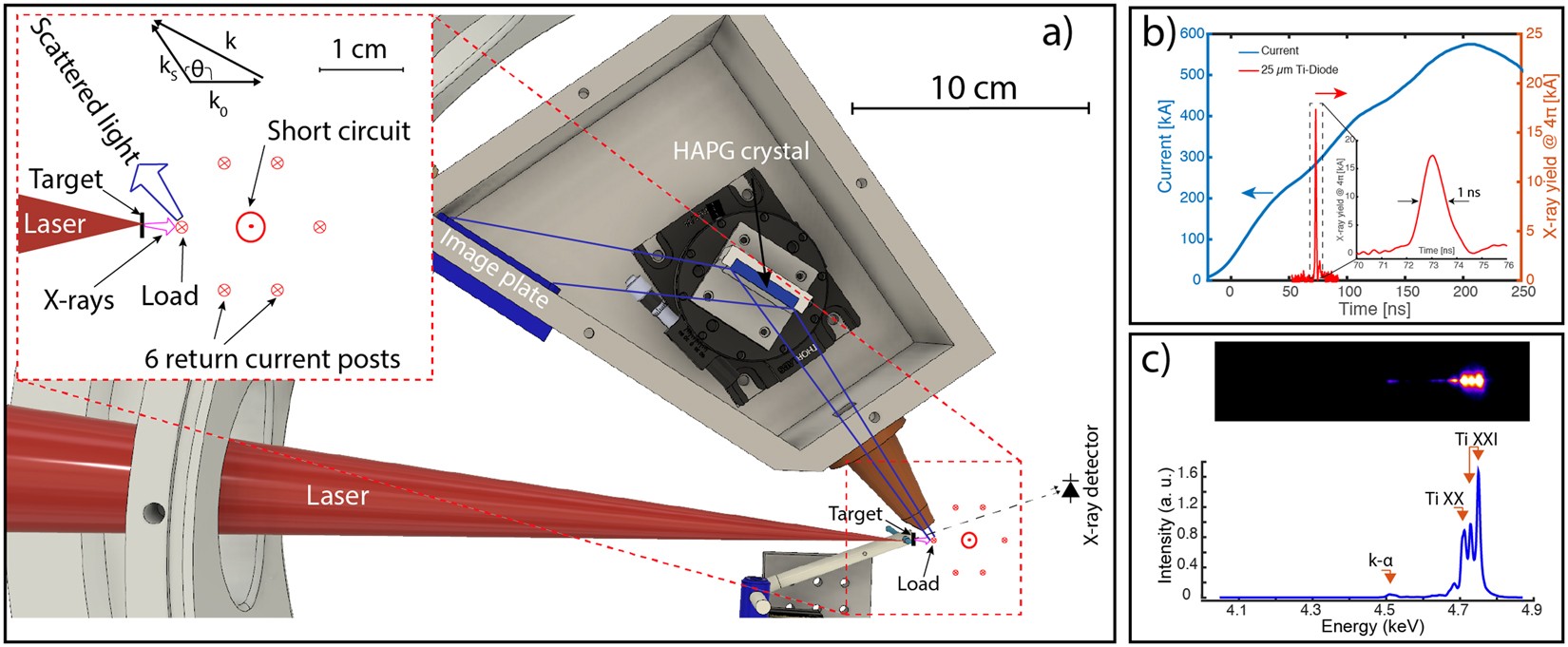

In such case, a more complex model is needed with explicit treatment of 2-D periodic support slab, together with a metal cluster/particle, a 1-D periodic nanowire, or a 2-D periodic catalyst slab.įig. For a bifunctional catalytic system, the explicit description of support is also crucial, where support or particle/support interface directly involves in the catalytic process. In such case, it is better to directly employ a cluster model, with or without support. Moreover, quantum-size effect also starts to affect the catalytic behavior of an ultrasmall transition metal cluster, for example, Pt. This model is limited to relatively large metal particles (several nanometers in diameter), since the local chemical environment is quite different between small clusters and extended surfaces. Different types of surfaces, for example, flat, step, and kink surfaces, are used to approximately describe terrace, edge, and corner atoms on a metal particle. It starts from a single-crystal surface, serving as a model of a real catalytic particle, commonly by employing a slab model. 14.1 shows the general scheme for a DFT-based catalyst screening process. One of the promising developments is to add a fully nonlocal functional of the ground-state density to account for the vdW-DF nonlocal corrections, and a new family of “vdW” functionals, like vdW-DF and BEEF-vdW, have been developed.įig. Recently, many attempts have been done in order to account for the missing vdW dispersion between nonoverlapped densities, which is caused by the local nature of the GGA functional form. However, for extended surfaces, GGA-type functionals, for example, Perdew-Wang 1991 (PW91), Perdew-Burke-Ernzerhof (PBE), and revised-PBE functionals, are the most popular methods due to its low cost with satisfactory accuracy.

By far, B3LYP is the most widely used functional for molecular systems. The last rung, random phase approximation (RPA), describes correlation energies from the unoccupied KS orbitals, and it is the only one that can possibly account for van der Waals (vdW) dispersion between nonoverlapped densities. The fourth rung, hyper-GGA, also referred as hybrid GGA, calculates exchange using a mixture of the exact exchange and a GGA exchange functional. The first rung, local spin-density approximation, uses only the local density as input, while the second and third levels, GGA and meta-GGA, respectively, include semilocal terms. The most popular density functional methods can be divided into five categories according to the fifth-rung “Jacob's ladder” presented by Perdew. Current routinely used computational methods are mainly based on the formulation of DFT addressed by Kohn and Sham (KS), where approximations are used for the exchange-correlation energy E XC, representing the entire unknown part of the energy functional. The modern DFT is based on two Hohenberg-Kohn theorems, which state that the ground-state electron density uniquely determines the potential and thus all properties of the system. However, its accuracy is limited by the errors due to the inaccurate representation of kinetic energy, exchange energy, and the complete neglect of electron correlation. In 1927, Thomas and Fermi independently developed the Thomas-Fermi model, which is the predecessor to modern DFT. Zhi-Jian Zhao, Jinlong Gong, in Studies in Surface Science and Catalysis, 2017 14.2 Background of DFT-Based Catalyst Screening The calculation of ground-state properties presents quite different problems from the calculation of the properties of excited states. The chapter discusses the study of nuclei in their ground states or in states of weak excitation, which is the classical range of nuclear physics. The range of applications of the knowledge gained from experiment and from the theory of the two- and three-nucleon systems is equivalent to all of nuclear physics in the energy range below the pion and hyperon thresholds. At present, it is difficult to separate the uncertainties in the two-body interaction as they affect the three-body system from the contribution of the three-body interaction. An essential complication arises in the three-body system from the undoubted presence of three-body interactions. The three-nucleon system gives necessary information concerning this problem. However, this analysis leaves certain ambiguities in the interaction, particularly in the off-energy shell behavior. It can be determined from nucleon–nucleon scattering and from the nucleon–nucleon ground state.

The study of few nucleon systems has as a principle objective the determination of the nuclear forces. This chapter reviews the nuclear Thomas–Fermi model and some of its applications of astrophysical interest. Brueckner, Robert Buchler, in Few Particle Problems, 1972 Publisher Summary


 0 kommentar(er)
0 kommentar(er)
